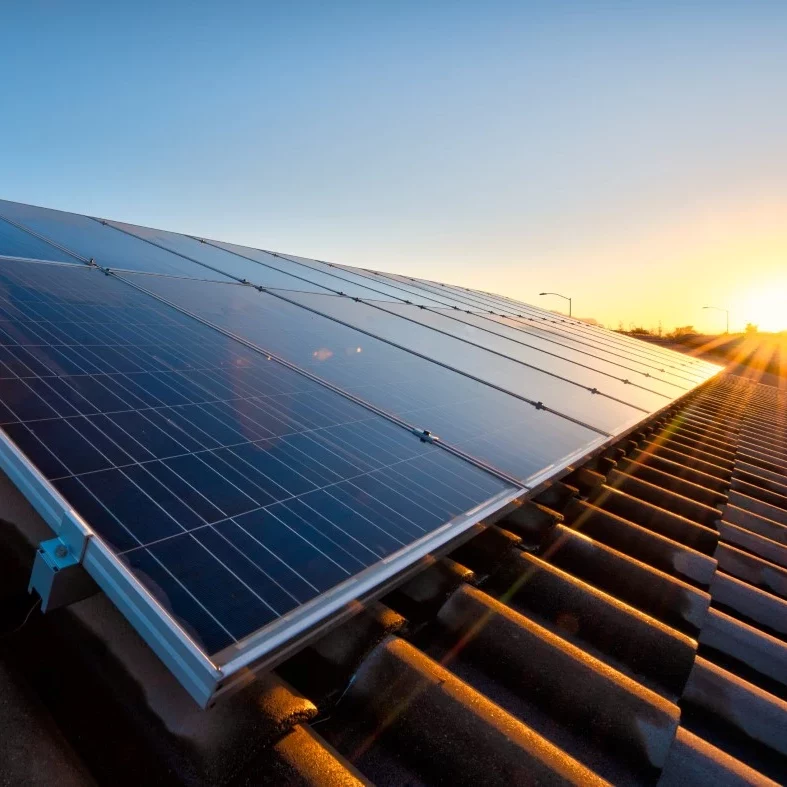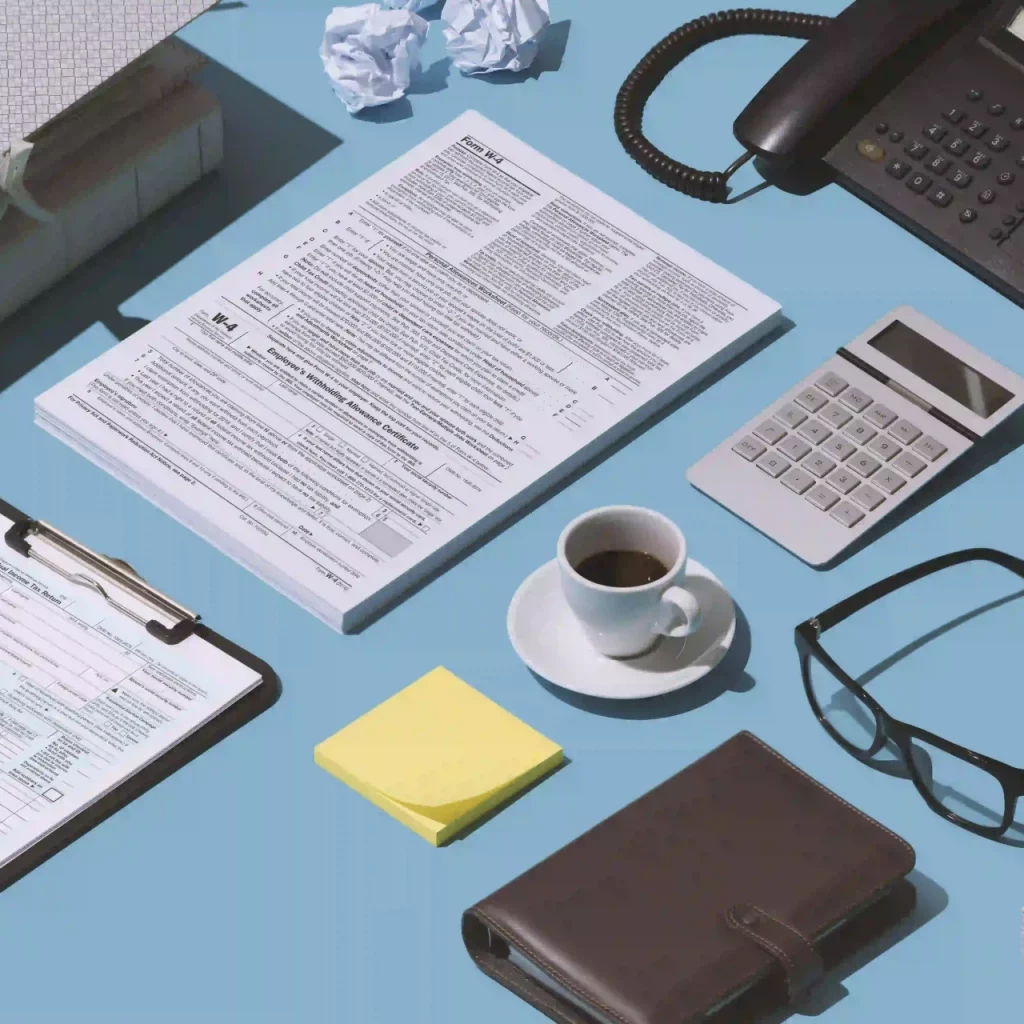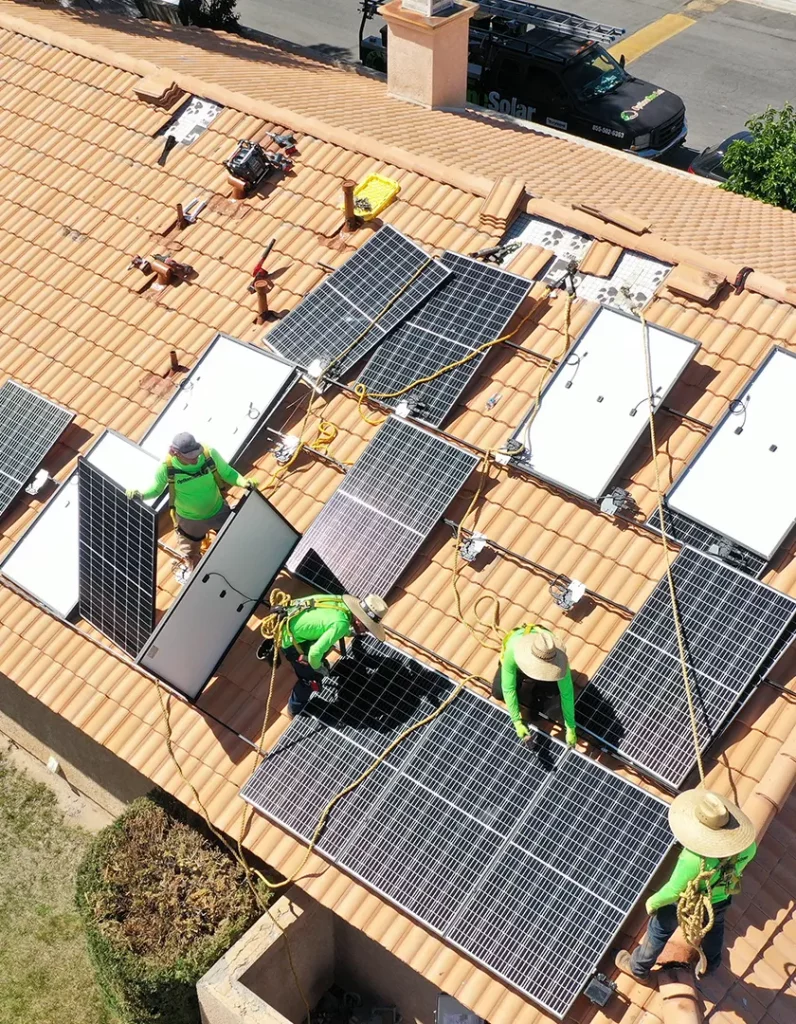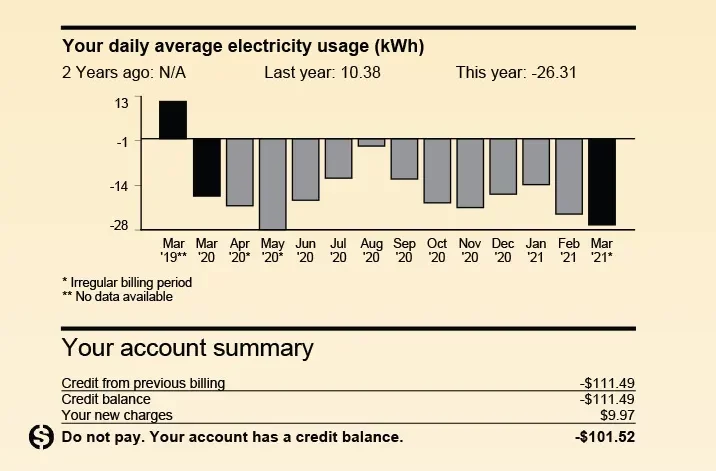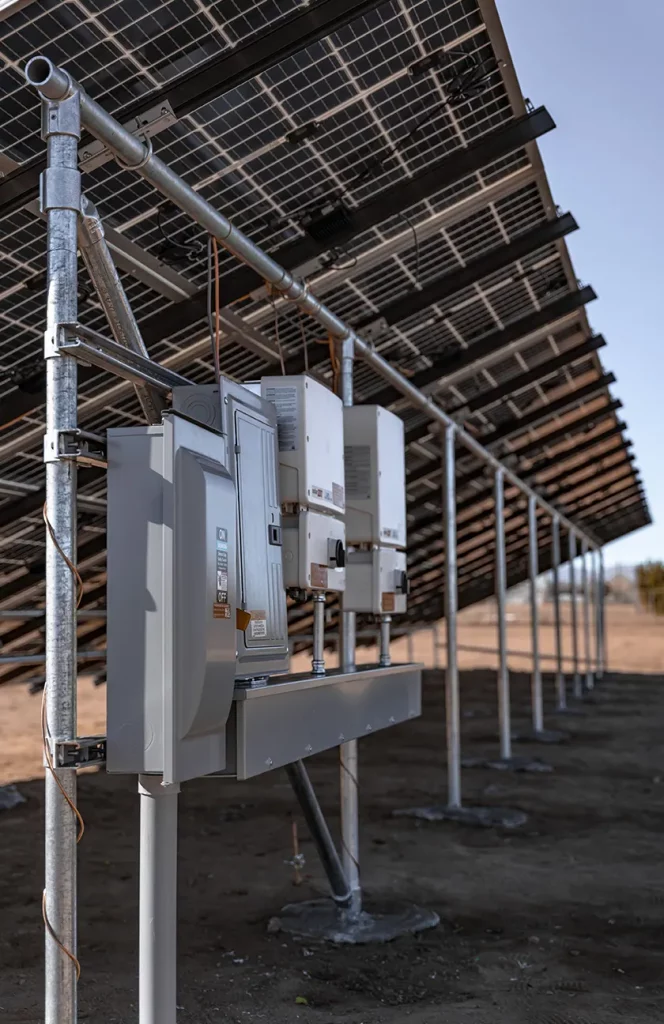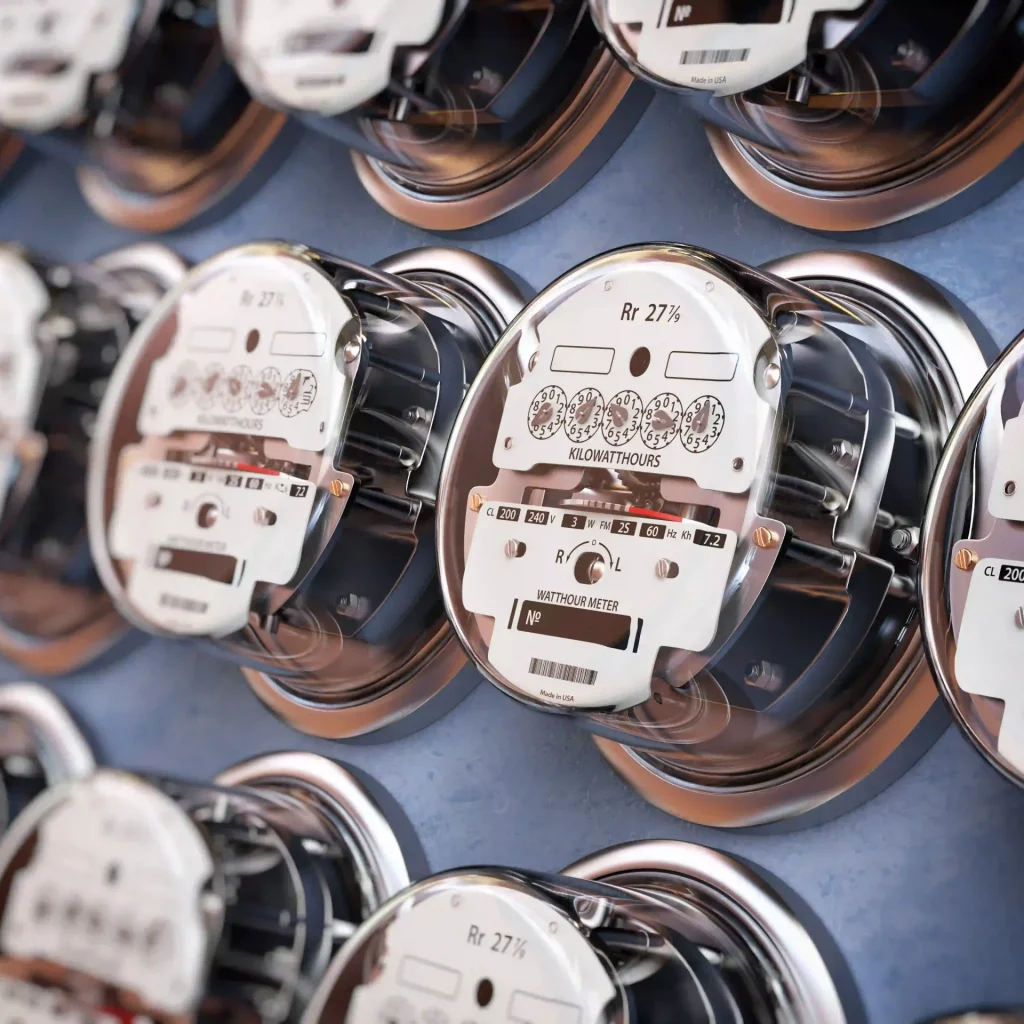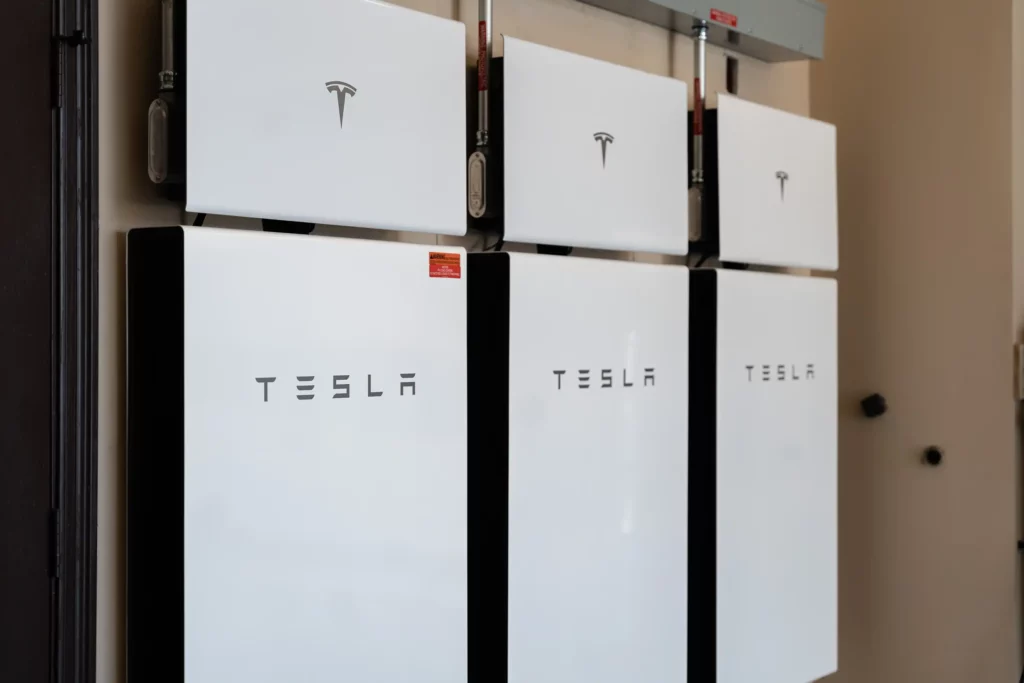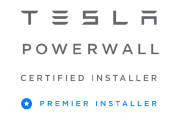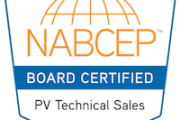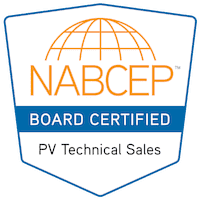
Why should I go solar?
Is there free solar energy in California?
There is no such thing as truly “free” solar energy; offers labeled as “no cost solar programs” usually involve solar leases or PACE programs. While Option One Solar offers solar systems with no upfront payment, it's important to understand that solar panels inherently have a cost.
You can learn more details about how expensive is for a solar energy system.
How much does solar panels cost in California?
Typically, 8kW solar & battery backup systems costs around $40,000. The cost depends on how much energy you need for everyday living. Prices can change depending on the size of the system you need and any additional items added to the system, like solar energy storage batteries.
Are solar panels worth the purchase?
Yes, we believe that solar panels are a valuable investment, providing long-term energy savings and environmental benefits. Our experience shows that customers often find the initial cost offset by the substantial reduction in their electricity bills in their first year of production based on our design.
How much will I save per month and per year?
With the average electric bill at $200 per month and utility inflation rates as high as 30% per year, you will pay over $200,000 in 25 years.
$200,000 divided by $40,000 = 5 Times!
That means solar can be 5 times cheaper than electric bills!
How will a solar power system affect my home's value?
On a national average, solar pays back 100% of the system cost upon the sale of the home. According to a recent study by Zillow, homes with solar panels are worth an average of 4.1% more than those without.

